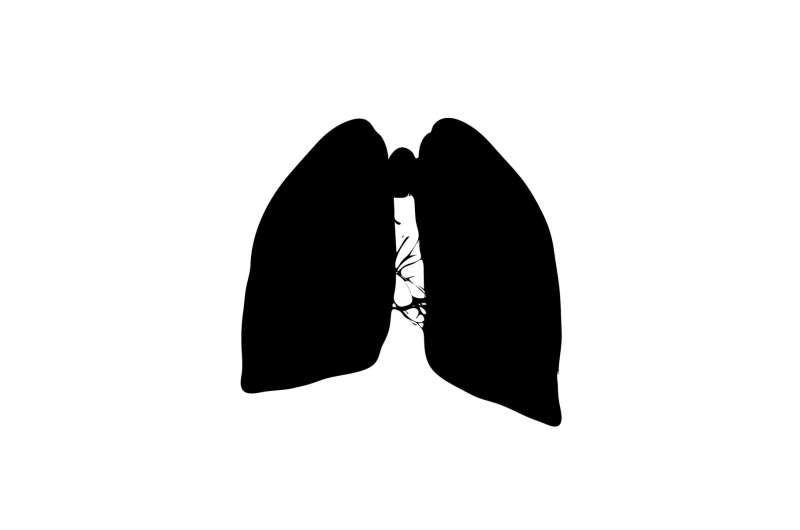Insulators in Alberta at higher risk of chest infections, COPD

Construction workers in Alberta who work with hazardous insulation materials are much more likely to be affected by repeated chest infections and chronic obstructive pulmonary disease (COPD), according to new research published in the International Journal of Environmental Research and Public Health.
The study followed 990 insulators over six years. Participants underwent regular pulmonary function tests and chest radiography throughout the study. Researchers found 46 percent of the workers had one or more chest infections over a three-year time span and 16 percent of insulators who were exposed to asbestos were diagnosed with COPD—a disease that causes obstructed airflow from the lungs.
"In the past, physicians have tried to advocate for compensation benefits to insulators who were declined because of a background of cigarette smoking," said Paige Lacy, professor of medicine at the University of Alberta's Faculty of Medicine & Dentistry and director of research at the Alberta Respiratory Centre. "This study shows that incidence of COPD and recurrent chest infections is independent of cigarette smoking and demonstrates that hazardous materials really are having an effect on the health of insulators."
Nearly all insulation materials—including asbestos, carbon fibers, calcium silica, fiberglass and refractory ceramic fibers—with the exception of aerogels and mineral fibers, were associated with chest infections. COPD was only associated with asbestos, a commonly used construction material in Canada until it was banned outright in 2018.
The findings of the study are already being used by the Workers' Compensation Board to assess insulators who are potentially exposed to hazardous materials in the course of their work, said Lacy.
"Not all of them are in safe working environments. We're trying to advocate to make their environment safer, to reduce their exposure to these hazardous materials and to make life better for Albertans who are working in the construction sector."
The research team believes far more can be done to address hazardous working conditions for insulators in Canada. They advocate for greater use of personal protective equipment such as respirators and hazmat suits on worksites, increased worksite monitoring, regular health checkups for workers and elimination of hazardous insulation materials in favor of safer ones.
"A large problem is that workers are not actually informed about potential health risks of some of the materials they're using," said Subhabrata Moitra, a post-doctoral fellow at the U of A and lead author of the study. "There really need to be stricter rules for utilizing less hazardous materials when they're available."
The team is now working on a followup study examining the same group of workers to determine whether their lung health remains the same or gets worse over time.
"People assume that in Canada, we don't have the same kinds of workplace exposures to hazardous materials," said Lacy. "We think it happens somewhere else, like India or China, because they handle very large quantities of raw material in their work, especially because of lack of safety policies. But we're finding evidence that within Canada, we're getting people exposed to these hazardous construction materials at very high levels, and this is a threat to their health."
More information: Subhabrata Moitra et al, Non-Malignant Respiratory Illnesses in Association with Occupational Exposure to Asbestos and Other Insulating Materials: Findings from the Alberta Insulator Cohort, International Journal of Environmental Research and Public Health (2020). DOI: 10.3390/ijerph17197085

















